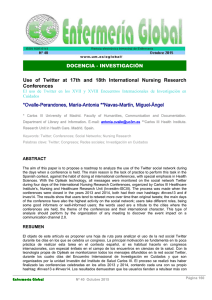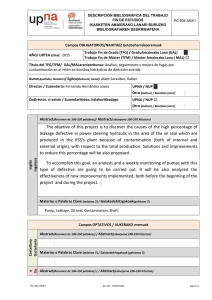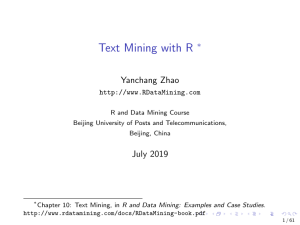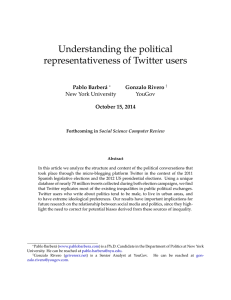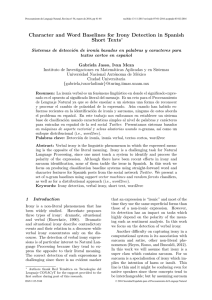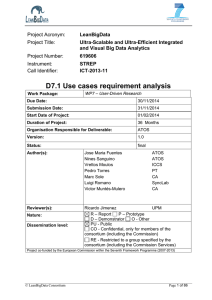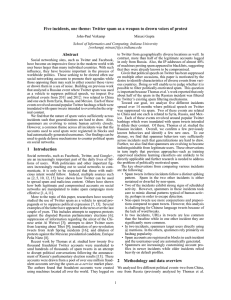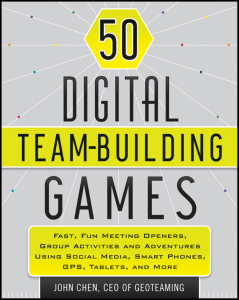Hybrid Storyspaces: Redefining the Critical Enterprise in Twenty
Anuncio
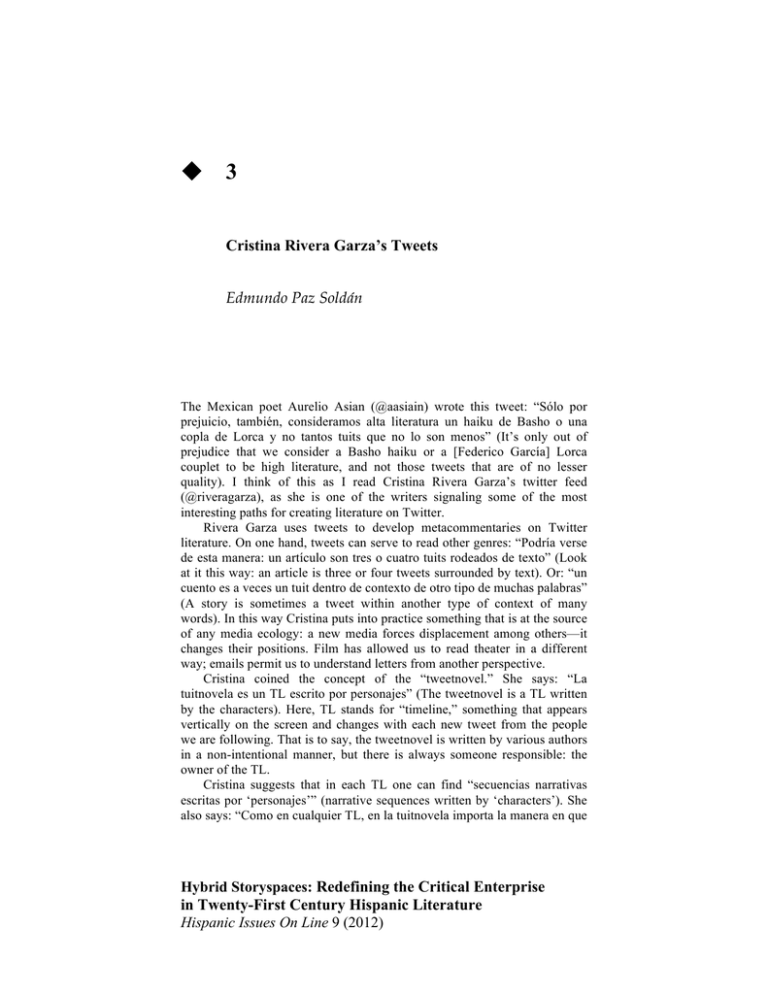
3 Cristina Rivera Garza’s Tweets Edmundo Paz Soldán The Mexican poet Aurelio Asian (@aasiain) wrote this tweet: “Sólo por prejuicio, también, consideramos alta literatura un haiku de Basho o una copla de Lorca y no tantos tuits que no lo son menos” (It’s only out of prejudice that we consider a Basho haiku or a [Federico García] Lorca couplet to be high literature, and not those tweets that are of no lesser quality). I think of this as I read Cristina Rivera Garza’s twitter feed (@riveragarza), as she is one of the writers signaling some of the most interesting paths for creating literature on Twitter. Rivera Garza uses tweets to develop metacommentaries on Twitter literature. On one hand, tweets can serve to read other genres: “Podría verse de esta manera: un artículo son tres o cuatro tuits rodeados de texto” (Look at it this way: an article is three or four tweets surrounded by text). Or: “un cuento es a veces un tuit dentro de contexto de otro tipo de muchas palabras” (A story is sometimes a tweet within another type of context of many words). In this way Cristina puts into practice something that is at the source of any media ecology: a new media forces displacement among others—it changes their positions. Film has allowed us to read theater in a different way; emails permit us to understand letters from another perspective. Cristina coined the concept of the “tweetnovel.” She says: “La tuitnovela es un TL escrito por personajes” (The tweetnovel is a TL written by the characters). Here, TL stands for “timeline,” something that appears vertically on the screen and changes with each new tweet from the people we are following. That is to say, the tweetnovel is written by various authors in a non-intentional manner, but there is always someone responsible: the owner of the TL. Cristina suggests that in each TL one can find “secuencias narrativas escritas por ‘personajes’” (narrative sequences written by ‘characters’). She also says: “Como en cualquier TL, en la tuitnovela importa la manera en que Hybrid Storyspaces: Redefining the Critical Enterprise in Twenty-First Century Hispanic Literature Hispanic Issues On Line 9 (2012) PAZ-SOLDÁN ♦ 39 un tuit se deja afectar/deformar por otro” (As in any TL, in the tweetnovel the way one tweet is affected/deformed by another is relevant). The story may be linear, as in traditional narrative, but in the TL-novel, what is most important is “La producción plural de una estructura” (the plural production of a structure). The TL-novel is a contemporary and experimental form of the novel Mikhail Bakhtin imagined: polyphonic, with juxtapositions that result in a text that is “dialógico/corálico/ecóico” (dialogic/choric/echoing). A Twitter narrative option, then, is determined by the particular TL of each Twitter user. But there are also other kinds of tweets, more related to poetry, and there are more of this sort. The one hundred and forty character limit serves to write aphorisms or haiku. Cristina also practices these forms: “Alguna vez, dije: lo que pasa, que es el tiempo, pasa literalmente; ahora ya no sé” (I once said, that which passes, which is time, passes literally; now I don’t know); “uno se entera de cada cosa en sueños” (I figure out so much about everything in dreams); “nada acontece realmente en otro lugar” (nothing really happens in another place); “En otras palabras: todo es otras palabras” (In other words: everything is other words). If the aphorisms of Antonio Porchia or Edmund Jàbes can also be read as tweets, we could generalize and say the whole literary genre of the aphorism can be seen as a pre-technological version of tweets. Nevertheless, there are differences. The most important one is that of the mediascape— tweets are intrinsically related to the digital universe, to the Internet. One can re-tweet a tweet whenever you wish; one finds a poetic tweet juxtaposed with others that have nothing to do with poetry. The space of writing on Twitter is also a network of dialogues. Cristina Rivera Garza tweets: “En realidad la literatura no importa; importa escribir” (The fact is, literature is not important: what is important is writing). Stressing the importance of writing is one of the most efficacious paths to high literature, and that is what this Mexican writer is doing on Twitter. Paz Soldán, Edmundo. “Cristina Rivera Garza’s Tweets.” Hybrid Storyspaces: Redefining the Critical Enterprise in Twenty-First Century Hispanic Literature. Ed. Christine Hensler and Deborah A. Castillo. Hispanic Issues On Line 9 (Spring 2012): 38– 39. Web. HIOL ♦ Hispanic Issues On Line ♦ Spring 2012

